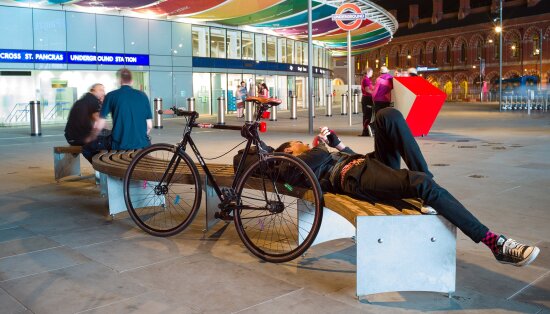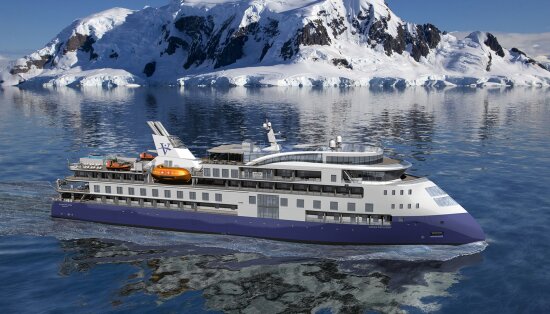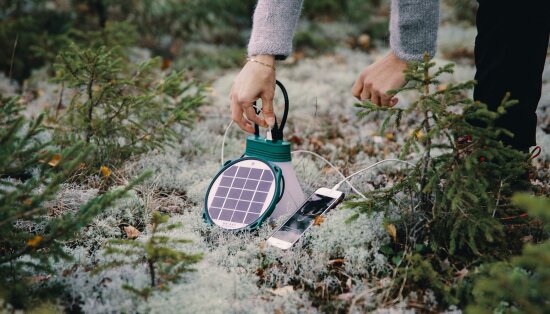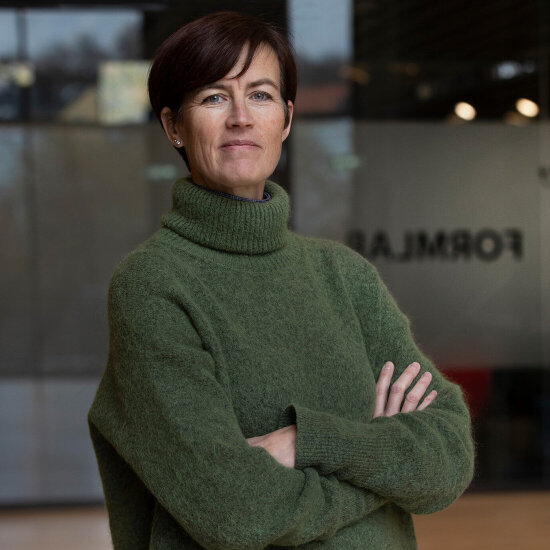As far as design goes, Norway has often stood in the shadow of other Nordic countries even though we have our own proud design history. During the past decades, however, the Norwegian design industry has flourished. Whereas before the design field was mostly associated with creating furniture, products, clothing, etc., it is now increasingly recognised for improving and developing services and processes, solving complex challenges, as well as building strong brands.
Users’ needs at heart
Today, we see design being put to use throughout both the private and public sectors, with the common denominator being that users' needs are always at the core in all design development. Norway shares this design evolution and user-centred approach with many other countries, especially our Nordic neighbours. Christian Bason, director of the Danish Design Centre, gives this definition of design:
Design is a systematic, creating process. The process is visual and experimental, and it has people’s experiences and behaviour as its focal point. The results can be graphic or physical products, new services, systems or business models.
To further explore the Nordic design DNA, the Nordic design organisations - Danish Design Centre, Iceland Design Centre, Design Forum Finland, Swedish Industrial Design Foundation and Design and Architecture Norway (DOGA) - conducted a study in 2018 called Nordic Design Resource.
Over 35 000 design professionals
According to this study, there are over 35 000 design professionals in Norway, constituting 1,4 % of the national labour force. 87 % of designers in Norway work in the private sector and operate in various design disciplines, most commonly in product development, digital services, marketing and graphic design. 11% of designers work in the public sector, primarily with education, research and citizens' services, and the remaining 2% of designers work in NGOs etc.
This shows designers in Norway work across many industries and in all design disciplines such as graphic design, digital design, product design, fashion design, furniture and interior design, system-oriented design and service design. Read more about the different design disciplines here.

Photo: Vestre
New solutions shaped by nature
Norway’s natural environment, such as our vast coastline, the sea which is abundant in both fish and oil, our extreme weather conditions, mountainous terrain and our love of the outdoors, have all influenced the Norwegian economy, employment market and innovation needs, and thereby the design industry.
For example, Norwegian design has been part of creating new solutions for building and operating ships, security systems at sea, infrastructure on land, home comforts, furniture and lighting, outdoor clothing for all types of weather, and of course skiing equipment and whatever else you need to enjoy the great outdoors.
As a result of a shift towards using fewer fossil fuels, the expertise from the offshore industry is increasingly getting transferred to more sustainable and renewable areas at sea and on land, and a growing number of designers are making environmental and social awareness a part of their solutions.

Photo: Ulstein Group
Improving the public sector
The Norwegian public sector is built on trust and offers all citizens equal services, funded by a relatively high level of taxation. During the past ten years, the government has been especially committed to improving public services and has started using service design as a method to identify and respond to what users genuinely need.
More efficient public services
This has already produced results, for example in the health sector where Oslo University Hospital cut down the waiting time for a diagnosis of breast cancer by 90 %, and as a result, paved the way for other areas of the public sector to test service design as a way to develop better, more efficient services.
The government is also using interaction designers to help digitalise its services and to ensure they are developed based on users' needs, and most recently – and groundbreakingly – they are using designers to help shape a new white paper on innovation in the public sector.
Is Norway prepared for the future?
As the public, as well as the private sector, embrace user-centered design, the Nordic Design Resource showed that service designers, experience designers and digital designers are currently most in demand. The challenge we face today, however, is that colleges and universities in Norway can't educate them fast enough.
Design has become an increasingly important part of solving the many challenges faced by our complex society. Designers contribute important methods, processes and tools for creating real values - whether individual, economic, social or environmental – for the world of tomorrow.

